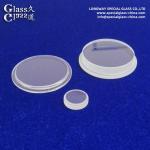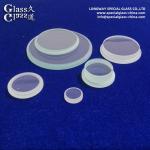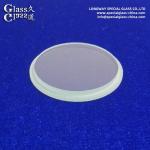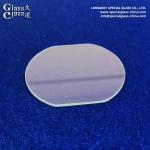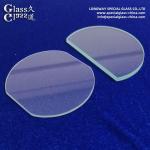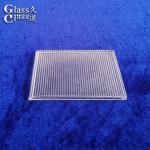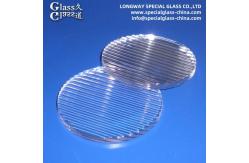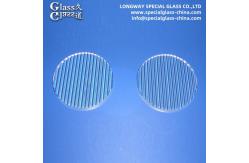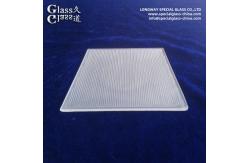Custom Optically Finishing Flat Borosilicate Glass Lens With Linear
Surface
- Selection of Material: Borosilicate glass is chosen due to its high resistance to
thermal shock, making it suitable for use in high-temperature
environments.
- Cutting and Shaping: The borosilicate glass is then cut and shaped to the desired
dimensions using specialized tools and equipment. This process
ensures that the lens has the correct size and shape for its
intended application.
- Polishing: The next step is to polish the surface of the lens to achieve the
desired optical quality. This is typically done using a series of
polishing steps, each with progressively finer abrasives to achieve
the desired surface roughness and clarity.
- Inspection: Once the lens has been polished, it is inspected for any defects
or imperfections that may affect its optical performance. If any
defects are found, the lens may need to be re-polished or
discarded.
- Application: used in its intended application, such as in lighting fixtures,
telescopes, microscopes, or cameras. The lens transmits light while
minimizing reflection and distortion, providing excellent optical
clarity and precision.
- Overall, the function of borosilicate glass lenses with a linear surface
is to transmit light while minimizing reflection and distortion,
allowing for high-quality imaging and measurement in a wide range
of applications. The step-by-step process of cutting, shaping,
polishing, inspecting the lens ensures that it meets the desired
specifications for its intended use.
| Name | glass lens or glass cover | | Material | Pyrex, borosilicate glass, | | Diameter Tolerance | +0/-0.2 mm | | Thickness Tolerance | +/-0.2 mm | | Processed | by molding, grinding, polishing | | Working temperature | resisting high temperature shock | | Surface Quality | Optical grade | | Transmission | above 92% | | Chamfer | 0.1-0.3 mm x 45 degree | | Surface Coating | Available | | Usage | Optical system, Photographic sysem, Lighting system,Electronic
apparatus |
|
